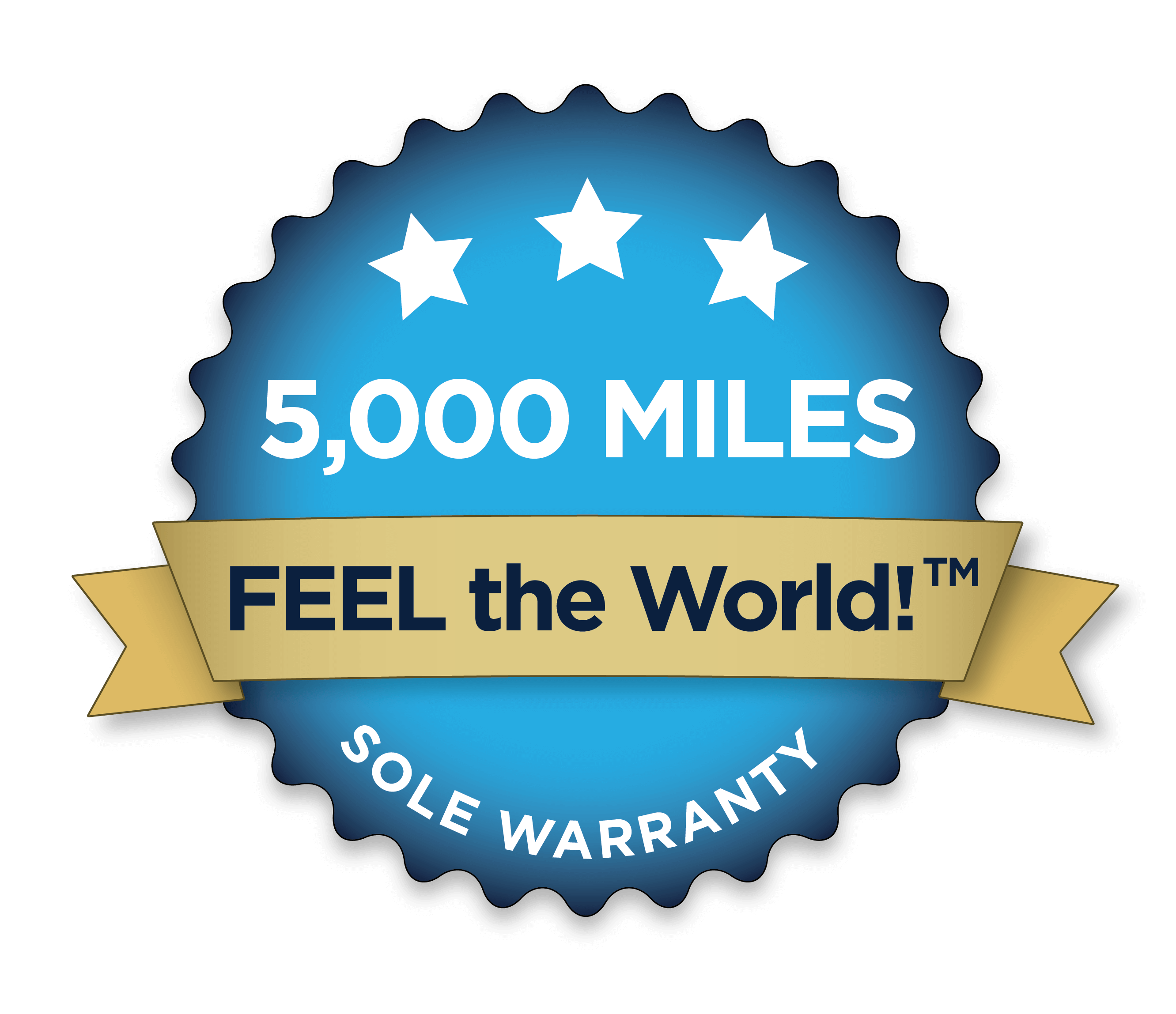In short, because they could be better for you than typical padded, motion control, stiff, thick running shoes by letting your feet work in a way that’s more natural, closer to barefoot.
That is, compared to regular running shoes (and this is true also for sport sandals, hiking boots, and even casual shoes), they let your feet bend, flex, move, and feel the ground better. They’re also lighter weight and have less motion controlling design elements.
This should let your muscles, ligaments, and tendons work as the natural springs and shock absorbers they’re meant to be. And it should help you run with a better stride — not reaching out too far with your foot and landing heel-first (which sends a spike of force up through your joints).
Here are some comments from Harvard’s Dr. Irene Davis when she was on the Freakonomics podcast:
There was a recent study by a group in Brazil… and they actually randomized these women who had knee osteoarthritis into one of two groups.
One group stayed in a pair of cushioned shoes and the other group were given this five-dollar — in U.S. dollars — pair of shoes that were highly flexible. And what they found is, number one, their mechanics were more normal in the minimal shoe.
But more importantly to these patients, they had significant reduction in their pain medication, and significant improvement in their functional outcomes. That’s just with a pair of minimal shoes.
It’s interesting. In the beginning, I really didn’t think footwear mattered. As time went on and my thinking evolved, I started to understand how much footwear impacts our mechanics.
If you take someone who has run barefoot all their life, and you put them in a pair of shoes, they’re very likely, when they’re running without shoes, to land on the ball of their foot because it hurts to land on your heel. But if you put them in a pair of cushioned shoes, they will very likely transition to landing on their heel. That actually creates a cascade of events that happen up the lower extremity and up to the hip.
I’m going to suggest that when we put a pair of shoes on that has cushioning like that it actually creates a mismatch between the way we were adapted to run, which is on the ball of our foot, and the way that we run today. That mismatch results in mechanics that we have shown to be related to injury.
Then we’ve got shoe companies who are very much invested in the cushioning, the support, and all of the technology that they put into shoes.











 Fostering honest and responsive relationships between businesses and consumers.
Fostering honest and responsive relationships between businesses and consumers.










